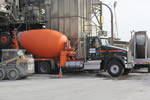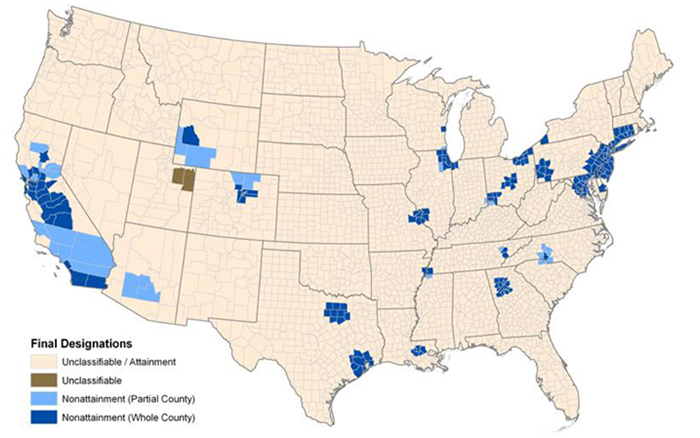Many of us in the California construction industry spent time this fall with one eye on the capital, Sacramento, hoping our legislators would at long last address the state’s crumbling highways, roads and bridges. Editorial boards, local agencies, citizen groups and construction industry and union leaders alike pressed for additional funding to improve our infrastructure.
Category: Guest Editorial
The Impending Texas Cement Apocalypse
Industry projections reveal that by 2018, the demand for cement in Texas will exceed the supply for the first time. At about the same time, the Environmental Protection Agency is expected to reduce the ozone standard from 75 ppb to 65 or 70 ppb. As a result, all or portions of Central Texas are expected to be designated as a “non-attainment area” for ozone, making construction of additional capacity significantly more expensive. Here are a few thoughts for cement interests that want to expand their facilities or build new plants in this impending new regulatory environment.
Revised ACI 318 Code streamlines concrete mix, performance references
The American Concrete Institute’s just-released ACI 318-14, Building Code Requirements for Structural Concrete consolidates concrete mixture-specific references from 318-11 Chapters 3 (Materials), 4 (Durability) and 5 (Strength and Construction Issues) into new Chapters 19 (Concrete: Design and Durability Requirements) and 26 (Construction Documents and Inspection). The reorganization of these sections permitted an evaluation and elimination of some Code provisions related to concrete mixtures and construction when better addressed in other referenced standards.
American Concrete Institute’s ACI 318-14: A modern, accessible code platform
The contemporary use of structural concrete is a complex endeavor, requiring the skills, training, insights and experience of a broad range of professionals. These include designers, engineers, construction specifiers, insurers and code officials, as well as the general contractors, subcontractors and construction personnel.
Read MoreCanadian Concrete Masonry Producers set the wood record straight
The Canadian Concrete Masonry Producers Association discusses the federal government’s wood building-friendly policies in the wake of recent severe weather events on both sides of the Canada-U.S. border.
Read MoreSustainable Practices All Concrete Producers Should Start With
Within the concrete world, we hear a lot these days about sustainability. Maybe at times a bit too much, as it can become confusing to concrete producers who may not be sure how it applies to them or where to start. And, the many buzzwords associated with sustainability can further mystify a movement that isn’t going to go away or die out as the next fad, but one instead which is going to form the foundation for how all successful businesses are going to operate tomorrow and into the future. In other words, sustainability and sustainable practices are the future for concrete producers.
Read MoreIGCC short on resiliency, core and shell requirements
The 2012 edition of the International Green Construction Code (IGCC) provides specific criteria for building design and construction that are suitable or even favorable for the use of concrete, concrete products and masonry. However, the IGCC is remiss in that it does not adequately encourage or require the building core and shell to be adequately resilient to achieve good sustainable building design.
Read MoreThe Evolution of Concrete Masonry
In 2010 while catching up with her on some circa-1930s Popeye cartoons, my (then) three-year-old daughter made the astute observation that Bluto had selected “concrete masonry” in an attempt to slow down a spinach-juiced Popeye saving Olive Oyl from imminent peril.
Read More
